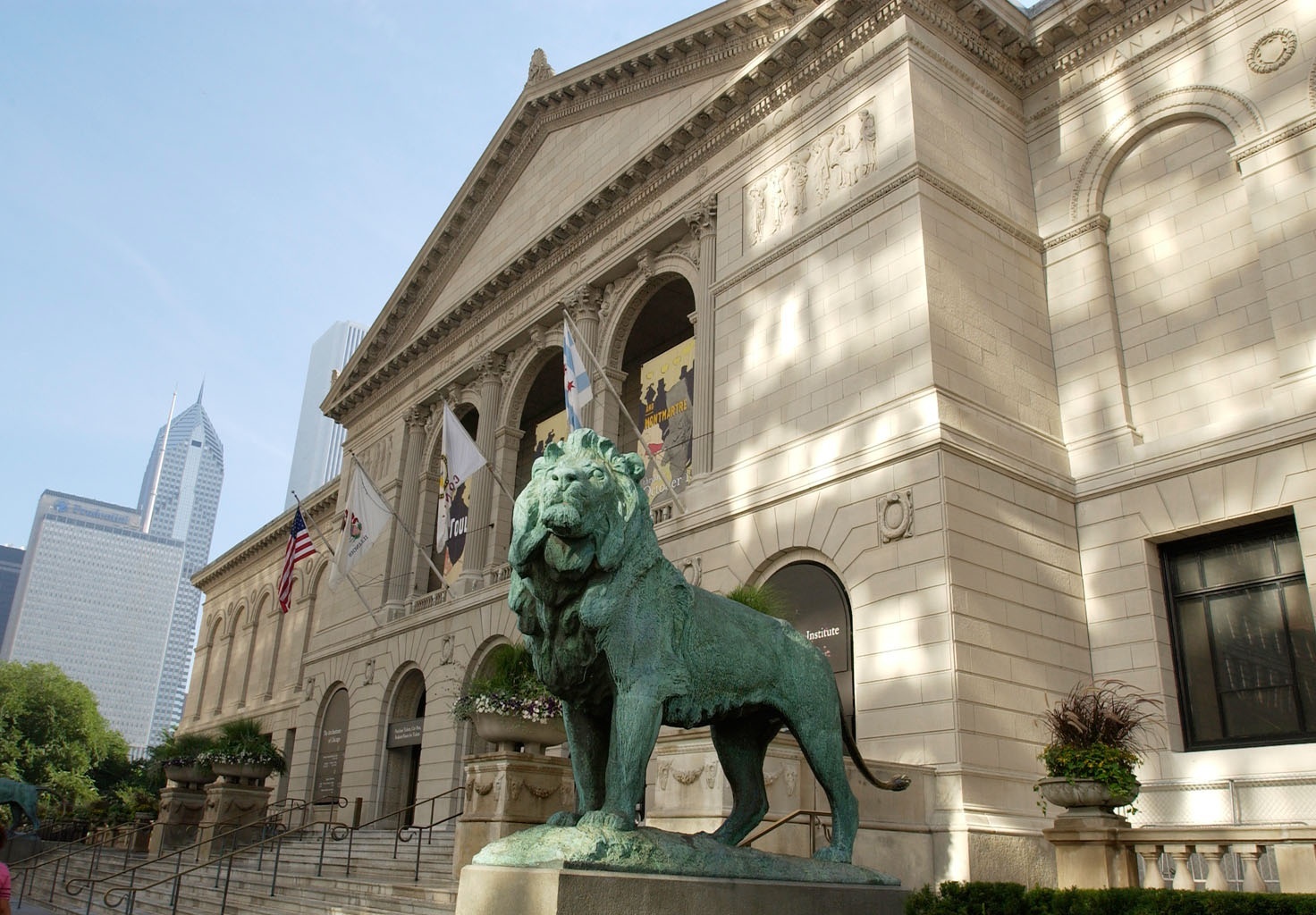Nov 12 2016 - Jan 29 2017
Chicago, IL
The impression of dark ink on paper is the most basic formula for printed images the world over. In Japan, printing with black ink was employed well before color printing became widespread in the 1760s. Such early, monochromatic commercial prints are known as sumizuri-e, or picutres printed in ink. Despite their technical simplicity, sumizuri-e by such artists as Torii Kiyonobu (1664–1729) and Okumura Masanobu (1686–1764) have a presence and immediacy not witnessed again in Japanese prints until the 20th century.
After the development of full-color printing, some publishers chose to continue printing with only black ink for its cost-effectiveness in producing illustrated books and single-sheet prints. Other publishers used black ink to make a statement about the skill of an artist or the quality of a print by producing entrancing images mostly in shades of gray, as seen in works in this exhibition by Katsukawa Shunchō (active about 1780–95) and Utagawa Hiroshige (1797–1858).
In the 20th century, print artists took up the challenge of producing powerful images with the most fundamental materials, emphasizing bold design. Artists such as Munakata Shikō (1903–75) and Hiratsuka Un'ichi (1895–1997) spent virtually their entire careers working almost exclusively in monochrome, perfecting the use of one color to create a lasting impression.
The striking works in this exhibition span nearly 250 years and are drawn entirely from the rich holdings of the Art Institute's Japanese print collection.
Credit: Exhibition overview from museum website
Exhibition Venues & Dates
Nov 12 2016 - Jan 29 2017
Chicago, IL
